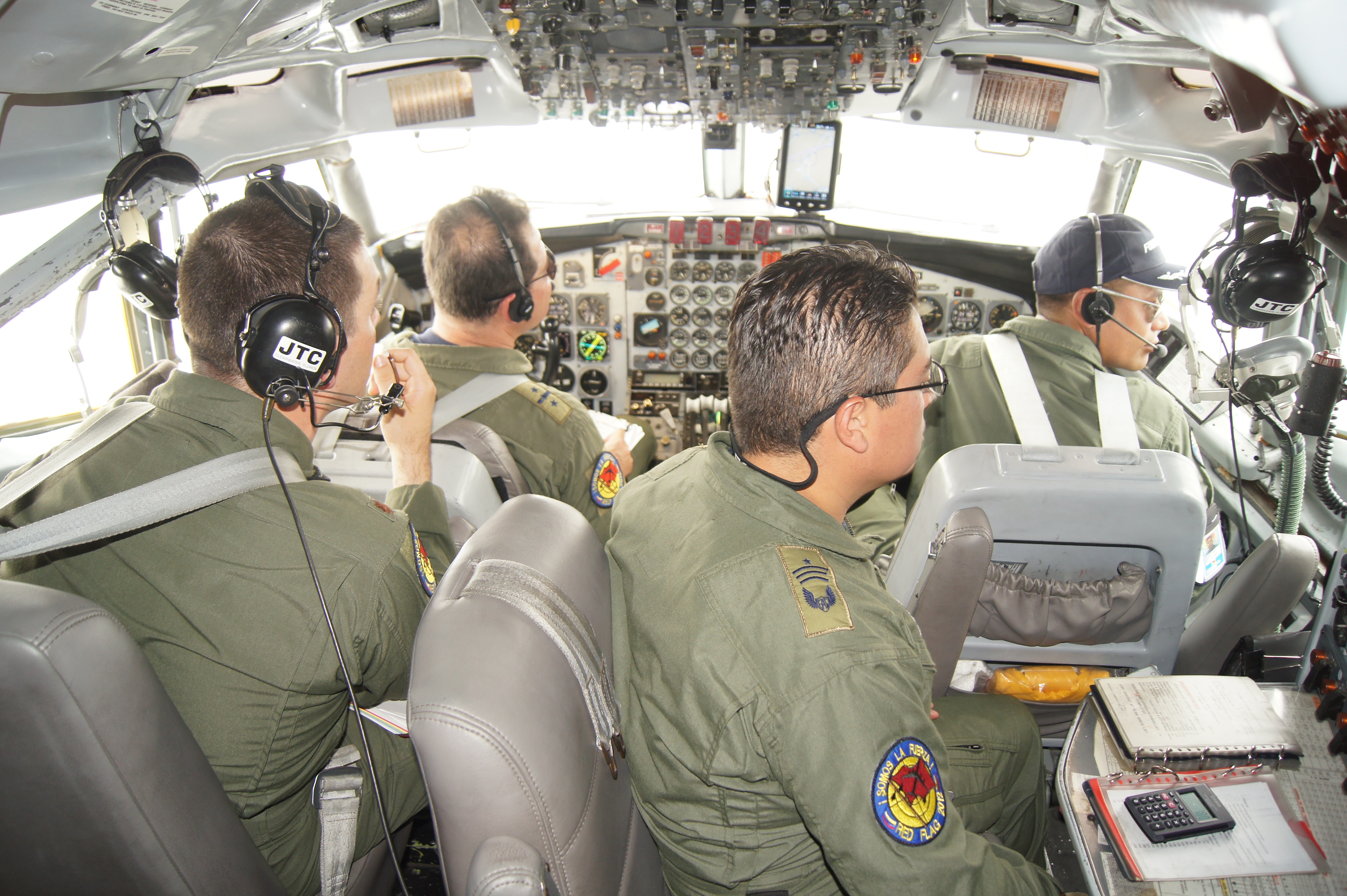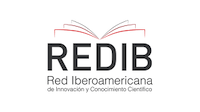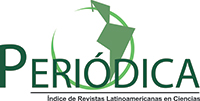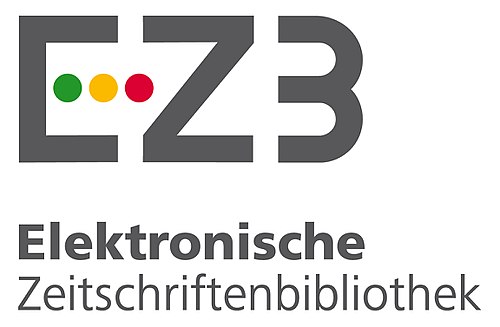Flight simulators: a review
DOI:
https://doi.org/10.18667/cienciaypoderaereo.606Keywords:
aircraft, flight simulators, motion platforms, FSTD, FAA, EASAAbstract
Flight simulators allow to perform learning maneuvers that in an actual aircraft could not be, since they can be analyzed from human faults to those of the aircraft. This article shows the development of a state of the art for the project entitled “Development and construction of a flight trainer of the Cessna T-41 aircraft for the Marco Fidel Suárez Military Aviation School”, funded by the “Call for support to CTeI projects for formative research of the Public Force “, developed by the Ministry of National Defense. For the development of the article, a documentary review was carried out containing the classification, history, architecture, characteristics, advantages and applications of flight simulators or flight training devices. As a result, to highlight, it was obtained that the initially proposed project was the development of a trainer, but it was possible to develop a type A simulator with a system of movement with three degrees of freedom. It is concluded that the information provided by this article supports the basic concepts to produce a flight simulator, giving the capacity to Colombian Air Force in the development of this type of technology. A flight simulator, giving the Colombian Air Force the ability to develop this type of technology.
Downloads
References
Aeronáutica Civil. (2015). RAC 24 Dispositivos simuladores para entrenemiento de vuelo. Recuperado de http://www.aerocivil.gov.co/AAeronautica/Rrglamentacion/RAC/Paginas/Inicio.aspx
Aerosimulators. (2009). Flight Training. Recuperado de http://www.superjetinternational.com/media-center/ssj100-fullflight-simulator-in-venice-achieves-easa-certification/
Aguirre, L., y Guarnizo R., J. (2008). Diseño detallado de un simulador de vuelo dinamico. Bogota D. C.: Universidad de San Buenaventura.
Airbus Helicopters. (2015). Dauphin AS365 N3 / N3+ Full Fligh Simulator. Recuperado de https://www.airbushelicopters.com/website/en/press/Realistic%20simulation%20training%20to%20enhance%20safety%20and%20capabilities%20of%20helicopter%20search%20and%20rescue%20missions_1651.html
Allerton, D. J. (2010). The impact of flight simulatión inaerospace. Recuperado de https://www.aerosociety.com/Assets/Docs/Publications/DiscussionPapers/The_impact_of_flight_simulation_in_aerospace.pdf
https://doi.org/10.1017/S0001924000004231
Almeida, D. (2007). UAV Flight Simulator based on ESA Infrastructure Flight simulation models compliant with SMP standard. Lisboa, Portugal: Universidad Técnica de Lisboa.
Alonso, M. (2006). Diseño de una cabina de vuelo virtual. Barcelona: Universidad Politecnica de Catalunya.
Alonso, M. S. (2006). Diseño de una cabina virtual. España: Universidad Politécnica de Cataluña.
Angelo, J. (2000). The link flight trainer. ASME Landmarks, 12.
Australian Goverment Civil Aviation Safety Authority. (2015). Flight simulators and training devices. Australia: AGCASA.
Barros dos Santos, S., & Oliveira, F. (2011). Longitudinal autopilot controllers test platform hardware in the loop. IEEE International System Conference, 379-386.
https://doi.org/10.1109/SYSCON.2011.5929071
Bernard, M. (October, 2012). Real learning throught flight simulatión: The ABcs of ATDs. FAA Saf. Brief, 8-10.
Bosh, M. T. (2011). Diseño de un simulador de helicóptero. España: Universidad Politécnica de Cataluña.
Chih-Hsien, K., Devaney, J., & Chung-Ming, H. (s.f.). The design of a fuzzy-based adaptive digital controller for a three-degreesof- freedom in-parallel actuated manipulator [for flight simulator]. IEEE, 3, 1328-1332.
Chomachar, A. A., & Azizi, S. (2015). Design of nonlinear control loader system for a flight simulator (a dynamic inversion approach. IEEE, 1-11.
Cristofaro, M. (2014). Elements of computational flight dynamics for complete aircraft. Southampton. UK: University of Southampton.
Davliakos, I., & Papadopoulos, E. (2008). Model-based control of a 6-dof electrohydraulic Stewart-Gough platform,. Mech. Mach. Theory, 43(11), 1385-1400.
https://doi.org/10.1016/j.mechmachtheory.2007.12.002
Dongsu, W., & Hongbin, G. (2007). Adaptive sliding control of six- DOF flight simulator motion platform. Chinese J. Aeronaut, 20(5), 425-433.
https://doi.org/10.1016/S1000-9361(07)60064-8
Dongsu, W., & Hongbin, G. (October, 2007). Adaptive Sliding Control of Six-DOF Flight Simulator Motion Platform. Chinese Aeronaut, 20(5), 294-304.
https://doi.org/10.1016/S1000-9361(07)60064-8
Dongsu, W., Hongbin, G., & Peng, L. (2009). Comparative study on dynamic identification of parallel motion platform for a novel flight simulator. IEEE, 2232-2237.
Dummer, G. (1949). Aids to training, the design of radar synthetic training devices for the R.A.F. Proc IEE - Part III Radio Commun, 96(40), 101-115.
https://doi.org/10.1049/pi-3.1949.0021
EASA. (1 de octubre de 2015). EASA Qualifed FSRDs. Recuperado de https://lisstdis.easa.europa.eu/eqstdis
Education IT. (2017). Sistemas operativos más usados. Centro de capacitación y desarrollo profesional.
Elbit System Ltd. (2011). Aircraft Mission Training Center (MTC).
Federal Aviation Administration. (2014). AC 61-136A. Recuperado de https://www.faa.gov/search/?q=AC+61-136A+-+Federal+Aviation+Administration
Federal Aviation Administration. (2014). Training & Testing. Recuperado de https://www.faa.gov/training_testing/
Flight Safety International Simulation. (2011). Flight Simulation Training Systems. Broken Arrow.
Fountain, P. J. (2002). USA Patente n.º US20030054324A1.
Gohl, F., & Leutenegger, S. (2009). Aerodynamic performance and stability simulation of different flying wing model airplane configurations.
Gusarov, R. (2011). Sukhoi SuperJet. Recuperado de http://www.ruaviation.com/news/2011/11/22/632/
Haward, D. M. (1910). The Sanders "Teacher". Flight, II(50), 1006- 1007. Recuperado de https://www.flightglobal.com/pdfarchive/view/1910/1910%20-%201009.html
Inaba, Y., Shimada, Y., Uchiyama, K., Abe, K., Ishikawa, Y., Sugimoto, T., & Abe, A. (2006). Development of flight simulator for humanpowered aircraft the road towards a world record. Sice Icase.
https://doi.org/10.1109/SICE.2006.314760
Jirgl, M., Boni, J., & Jaolovecky, R. (2015). The identification possibilities of the measured parameters of an aircraft model and pilot behavior model on the flight simulator. IEEE Xplore, 1-5.
https://doi.org/10.1109/MILTECHS.2015.7153726
Koekebakker, S. (2001). Model Based Control of a Flight Simulator Motion System,. Netherlands: Technische Universiteit Deltf.
Kovacova, J., & Koblen, I. (2012). Selected information on flight simulators - main requirements, categories and their development, production and using for flight crew training in the both Slovak Republic and Czech Republic conditions. Incas Bulletin, 4, 73-86.
https://doi.org/10.13111/2066-8201.2012.4.3.7
Lawn, P. (1998). The Enhancement of a Flight Simulator System with Teaching and Research Applications. Texas: University Concordia.
Lawn, P. (1998). The enhancement of a flight simulator system with teaching and reserarch applications. Canada: University Montreal.
Marodi, A. (2002). An improved evaluation method for airplane simulator motion cueing. University of Pittsburgh.
Mendoza, M., Vivas, V., & Rodríguez, H. (2014). Mechatronic Design, Dynamic Modeling and Results of a Satellite Flight Simulator for Experimental Validation of Satellite Attitude Determination and Control Schemes in 3-Axis. Journal of Applied Research and Technology, 12(3), 370-383.
https://doi.org/10.1016/S1665-6423(14)71619-0
Microsoft. (2015). Visual C# Language. Recuperado de https://docs.microsoft.com/en-us/dotnet/csharp/getting-started/introduction-to-the-csharp-language-and-the-net-framework
Monsarrat, B., & Gosselin, M. (2003). Workspace analysis and optimal design of a 3-leg 6-DOF parallel platform mechanism. IEEE, 19(6), 954-956.
https://doi.org/10.1109/TRA.2003.819603
Muñoz, M. (2012). Manuel de vuelo. Recuperado de www.manualdevuelo. com
NASA. (2012). SimLabs: Advancing the science of flight. Recuperado de http://www.simlabs.arc.nasa.gov
Odegard, R., Milenkovic, Z., & Buttacoli, M. (2014). Model-based GN&C simulation and flight software development for Orion missions beyond LEO. IEEE Aerospace Conference, 1-13.
https://doi.org/10.1109/AERO.2014.6836230
Odegard, R., Sliwinski, K., King, T., & Hart, J. (2011). Configuring the Orion Guidance, Navigation, and Control flight software for automated sequencing. IEEE Aerospace Conference, 1-13.
https://doi.org/10.1109/AERO.2011.5747472
Pancoe, E. G. (2002). Motión system for an aircraft flight shmulatur.
Pradipta, J., Klunder, M., Weickgenannt, M., & Sawodry, O. (2013). Development of a pneumatically driven flight simulator Stewart platform using motion and force control. IEEE. doi: 10.1109/AIM.2013.6584085.
https://doi.org/10.1109/AIM.2013.6584085
Ray, L. P. (2000). Brief history of flight simulation. SimTec, 11-17.
Reddy, B., & Arun, P. (2013). Development of real models for aircraft simulator. IEEE Xplore, 52-53.
https://doi.org/10.1109/iMac4s.2013.6526383
Reinholtz, K. (1999). Applying simulation to the development of spacecraft flight software. IEEE Aerospace Conference, 1, 469- 476.
https://doi.org/10.1109/AERO.1999.794353
Rodríguez, N. J. (2014). Generalidades de los simuladores de vuelo. Tecnoesufa, 21-28.
Rodríguez, R., Sampaio, R., Aguiar, A., & Buttacoli, M. (2014). FVMS Software-in-the-Loop Flight Simulation Experiments: Guidance, Navigation and Contro. Joint Conference on Robotics, 223-228.
https://doi.org/10.1109/SBR.LARS.Robocontrol.2014.48
Schmaltz, J. (2010). Flight training simulation. The flight safety multiplie, 21(4), 1-8.
Sizza, J. (2014). Simuladores para entrenamientos en la Fuerza Aérea Colombiana. Ciencia y Poder Aéreo, 9(1), 135-141.
https://doi.org/10.18667/cienciaypoderaereo.142
Slob, J. (2008). State-of-the-Art driving simulators, a literature survey. Eindhoven: University of Technology.
Songshan, H., Zongxia, W., & Yaoxing, S. (2015). Fuzzy robust nonlinear control approach for electro-hydraulic flight motion simulator. Chinese J. Aeronaut, 28(1), 294-304.
https://doi.org/10.1016/j.cja.2014.12.025
Statcounter. (2017). Market Share Worldwide. Recuperado de https://statcounter.com/
Tan, C., Chen, W., Van den Boomen, G., & Rauterberg, M. (2010). Application of automation for low cost aircraft cabin simulator. Control Autom Syst.
Virtual Insect Flight Simulator (VIFS): A software testbed for insect flight. (2001). Virtual insect flight simulator (VIFS): a software testIEEE International Conference on Robotics and Automation, 4, 3885-3892.
Vix. (2017). Vix.com. ¿Listo para despegar? Los mejores simuladores de vuelo civiles. Recuperado de https://www.vix.com/es/btg/gamer/62883/listo-para-despegar-los-mejores-simuladores-de-vuelo-civiles
Weingarten, N. (2005). History of in-flight simulation & flying qualities research at calspan. AIAA Journal of Aircraft, 42(2), 290- 298.
https://doi.org/10.2514/1.4663
X-plane. (2017). FAA-Certified X-Plane. Recuperado de https://www.x-plane.com/pro/certified/
Zazula, A., Myszor, D., Antemijczuk, O., & Cyran, K. (2013). Flight simulators - From electromechanical analogue computers to moderm laboratory of flying. Adv. Sci. Techol, 7(17), 51-55.
https://doi.org/10.5604/20804075.1036998
Zhang, Y., & Yao, Y. (2009). Virtual insect flight simulator (VIFS): A software testbed for insect flight. International Conference on Measuring Technology and Mechatronics Automation, 841- 844.

Downloads
Published
Issue
Section
License
Assignment of Copyrights
Authors assign Ciencia y Poder Aéreo journal the exclusive rights (reproduction, distribution, public communication, and transformation) to exploit and commercialize their work, in whole or in part, in all the formats and modalities of present or future exploitation, in all languages, throughout the life of the work and throughout the world.
All contents published in Ciencia y Poder Aéreo journal are licensed under a Creative Commons Attribution 4.0 International License, whose complete information is available at http://creativecommons.org/licenses/by/4.0/
Under the terms of this license, users are free to download, print, extract, archive, distribute and publicly communicate the content of articles, provided that proper credit is granted to authors and Ciencia y Poder Aéreo, scientific journal of the Graduate School of the Colombian Air Force. Except when otherwise indicated, this site and its contents are licensed under a Creative Commons Attribution 4.0 International License.
For other uses not considered under this license it is required to contact the Director or the Editor of the journal at the e-mail address cienciaypoderaereo1@gmail.com.
The Graduate School of the Colombian Air Force and this publication are not responsible for the concepts expressed in the articles, including the metadata or the affiliation stated by authors. This is the full responsibility of the authors.





















